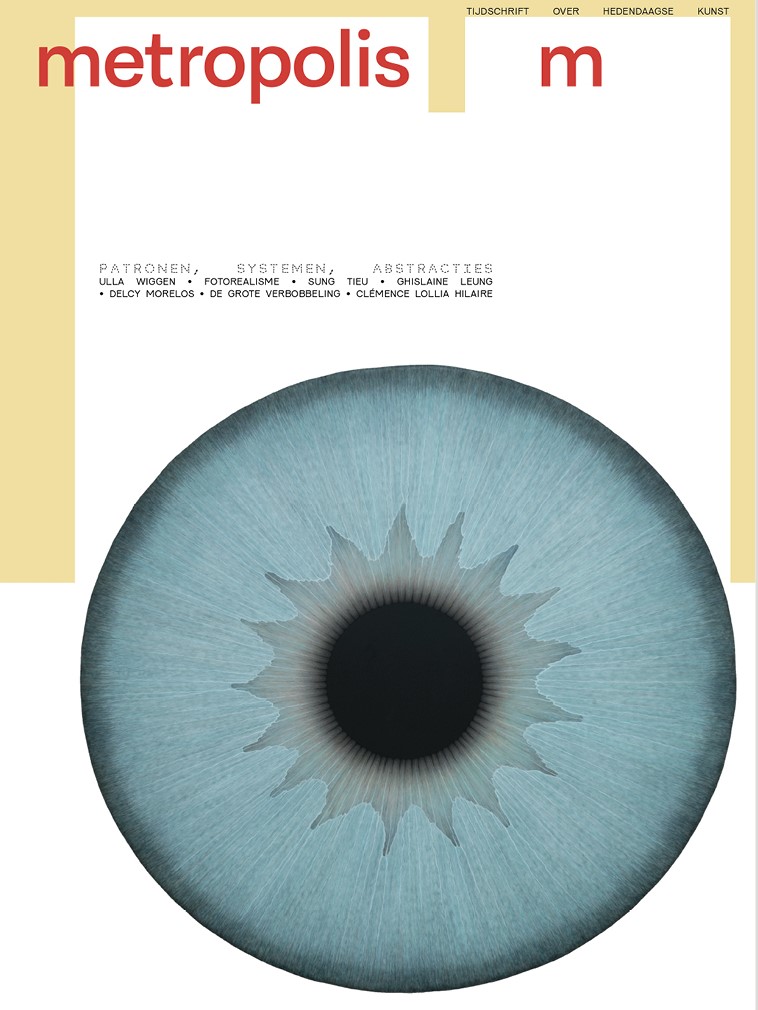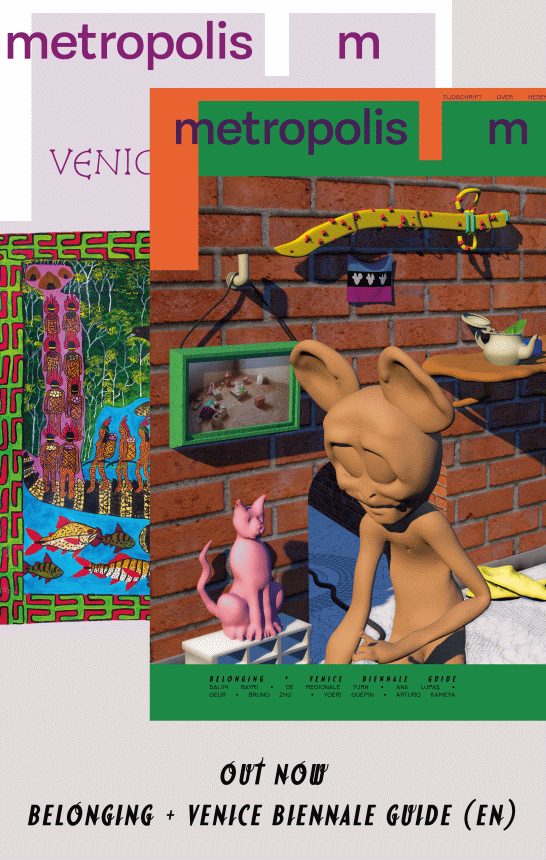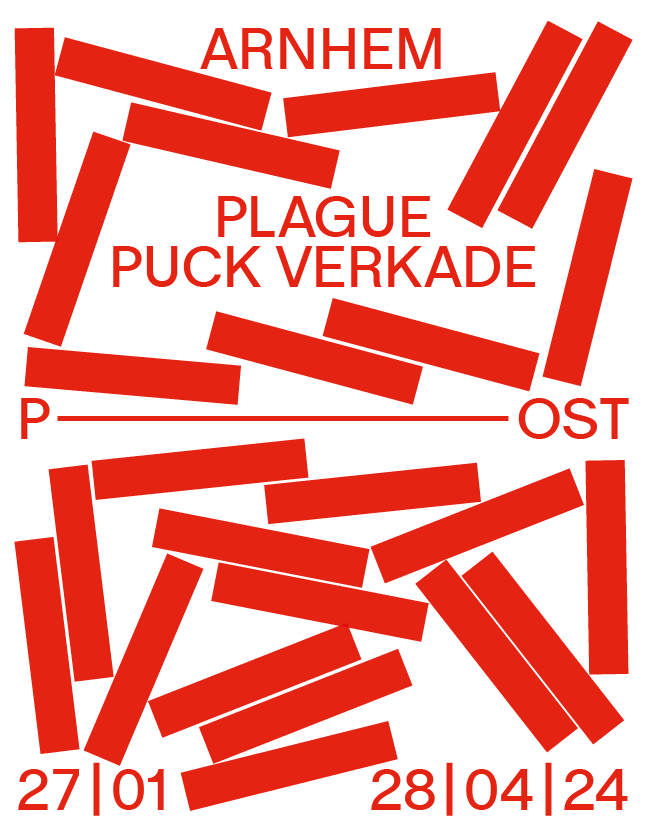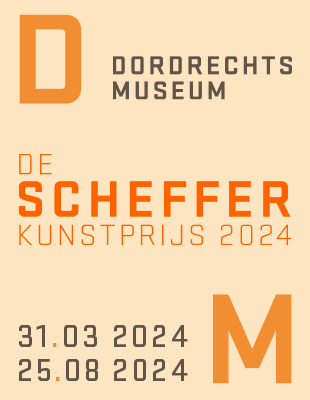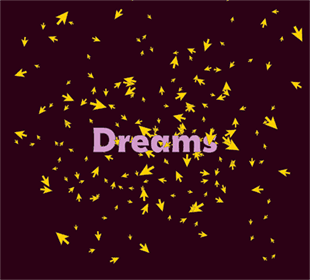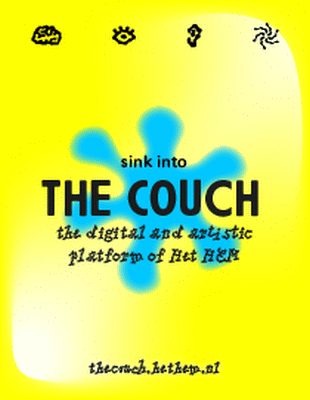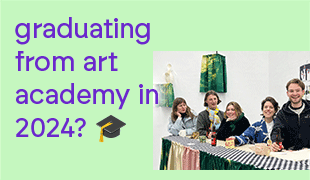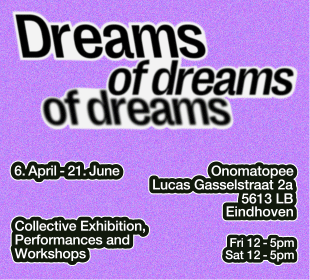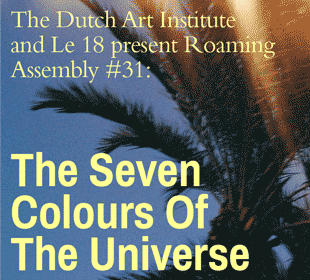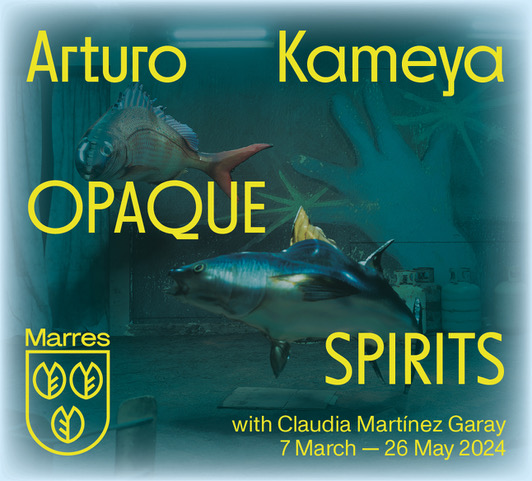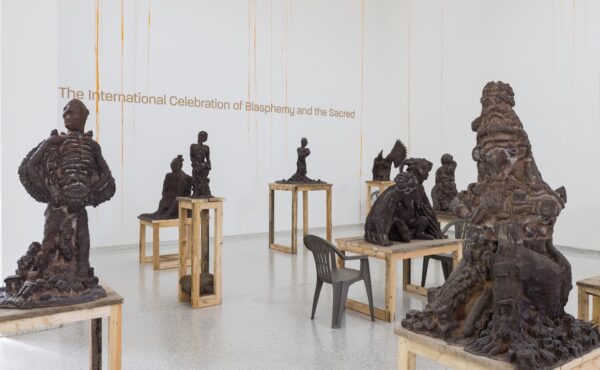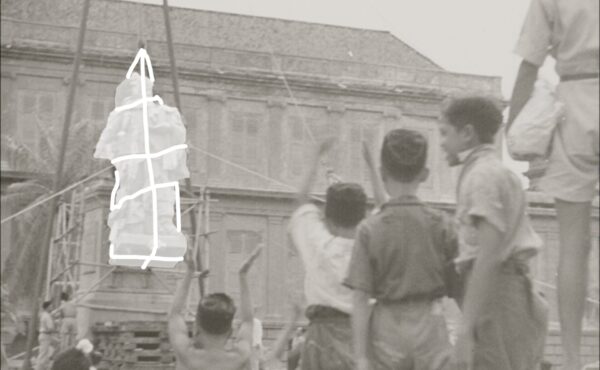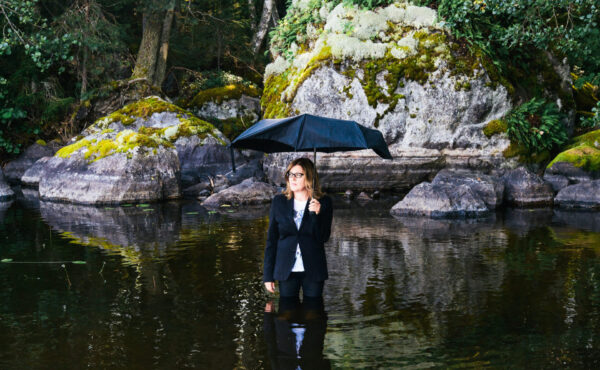
Raden Saleh, Boschbrand, 1849
In its place in Singapore? The new owner of Raden Saleh’s Boschbrand
The Dutch Royal Family faces controversy over the sale of a major 19th century Indonesian masterpiece by Raden Saleh from the private collection of Queen Juliana to the National Gallery in Singapore. Earlier this year we talked to director Eugene Tan about his ambitions to turn this museum into the international centre of Southeast Asian Art.
Loes van Beuningen: Why was there a need for a gallery like this in Singapore?
Eugene Tan: “The National Gallery was part of a bigger and long-term plan to develop the arts by the Singapore Government. With a vision of becoming a global city for the arts, the Government has carefully nurtured its arts and culture scene over the past two decades. The National Arts Council was established in 1991, and subsequently also during the 1990s, the Singapore Art Museum and the Asian Civilizations Museum. There was then already the realisation that another museum would be needed for, amongst other things, the display of the National Collection of art. The plans for the National Gallery were officially announced ten years ago, and after years of planning and construction, it is nice to finally be open to the public.”
What is the history of the collection?
“The collection was started in the 1960s through a donation of work by the philanthropist, Dato Loke Wan Tho. The collection was gradually developed after that, first by the National Museum, which established the National Museum Art Gallery in 1976 and subsequently by the Singapore Art Museum after it was established in 1996. It is now one of the largest public collections of Southeast Asian art, with more than ten thousand works.”
How would you define the role or position of the National Gallery in Singapore and internationally?
“We see our role as to (re)define art in Singapore and Southeast Asia and furthering its understanding within a global context. The understanding and appreciation of art in Singapore and the region still needs to be further developed and our permanent exhibitions which present the art histories of Singapore and Southeast Asia will play an important role in achieving this. At the same time, our special exhibitions will explore the links between the art of Southeast Asia and other parts of the world. For example, our first major special exhibition that will open in April 2016 is Reframing Modernism which will re-examine the development of modern art and modernism in Southeast Asia and from the perspective of the region. We are co-organising and co-curating the exhibition with the Centre Pompidou, where we will draw from their collection of European modern art as well as using our collection of Southeast Asian art. European modernism has greatly influenced our art since the nineteenth century, but the conditions in which Western and Asian art were made and still are made are completely different.”
What exactly makes Southeast Asian art different from western works of art?
“European – and subsequently, also American art – has influenced in some way or other the art of Singapore and Southeast Asia since the nineteenth century, but what is interesting are the ways in which these ideas and influence were transmitted. For example, the Nanyang art movement was one of Singapore’s earliest modernist art movement. It consisted essentially of Chinese migrant artists who came to Singapore from Shanghai. They were trained in the Chinese tradition, but were also influenced by the École de Paris either through self-exploration in Europe or through art journals and communications with European artists. They articulated a distinctive Southeast Asian perspective through the integration of Chinese and European styles in their work. As such, it is a very specific mode of transmission of influence, one that is mediated by Chinese artists and adapted by artists responding to the region.”
Is the National Gallery comparable to other institutions, European or Asian?
“While we studied various museums around the world, the National Gallery has grown out of a specific set of conditions, that of Singapore and Southeast Asia. We also studied museums in Asia and the Mori Art Museum in Tokyo was one. What we were particularly inspired by the way visitors were greeted and guided throughout their visit, how the entire visit was a seamless experience and was an extension of the experience with the exhibitions and the works of art.”
What exactly is your role as director of the gallery?
“As director, I oversee all the content related aspects, like the exhibitions, the educational, public programs and research programmes as well as the visitor-related aspects of the museum. I work closely with my team of curators on the exhibitions and the research programmes, which is a very important part of the National Gallery. The permanent collections serves as a foundation for further research into the art histories of the region, for which there is a real need in Singapore. Art history is still not taught in universities in Singapore, which is why we are we are working with a University here to develop an art history program. We are also collaborating with other institutions, like the Power Institute at the University of Sydney, on a project to foster greater research into Southeast Asian art history. It takes the form of a series of workshops and the final workshop where the researchers present their research will be held at the National Gallery in January. We are also working with the Centre for Contemporary Art on a research and publication on art writing in the region. The aim is to publish an anthology of seminal texts about modern art in Southeast Asia, in order to better understand how and where the modern was written about, for whom it is written and how it has been received.”
You are doing a lot to make art more understandable for the public. The Keppel Centre for Art Education has a central place in the National Gallery. Why is that?
“Yes, because art, or art history, is not really being taught in schools. While our education colleagues are working with the schools to increase the art curriculum, we also wanted to create a place specially for children at the National Gallery to grow the understanding and appreciation of art among the young.”
This learning facility bears the name of the Keppel Corporation, a founding partner of the Gallery. We can find more names of benefactors in the National Gallery. How do you cope with private funding and commercialism?
“That’s a really good question, because commercialism is very present in the art world today, particularly in Asia. The public has come to learn about art primarily through the art market, such as auctions and art fairs. That’s why the National Gallery is important, to stimulate the awareness and knowledge about art through its history.”
You have studied abroad. Why did you return to Singapore?
“I have studied and worked in Europe. At the time I came back to Singapore, Singapore was very different from what it is today. There was not as much happening as there is now, but there was an air of excitement as there was the possibility for so much to happen. What has driven me is how I feel I can best contribute to the development of art. That explains the previous roles I have taken on and why I am here at the National Gallery. The gallery has a very important role to play and I plan to be here long as I am needed.”
AN EDITED AND REWORKED VERSION OF THIS INTERVIEW WAS PUBLISHED IN DUTCH IN METROPOLIS M No 3-2016
MORE ON THE CONTROVERSY OF THE ART SALES FROM THE ROYAL COLLECTION IN NRC HANDELSBLAD WEEKEND EDITIE 8 & 9 Oktober 2016; ‘GEEN ORANJE WILDE TWAALF VIERKANTE METER TIJGERS’
Loes van Beuningen
is kunsthistoricus